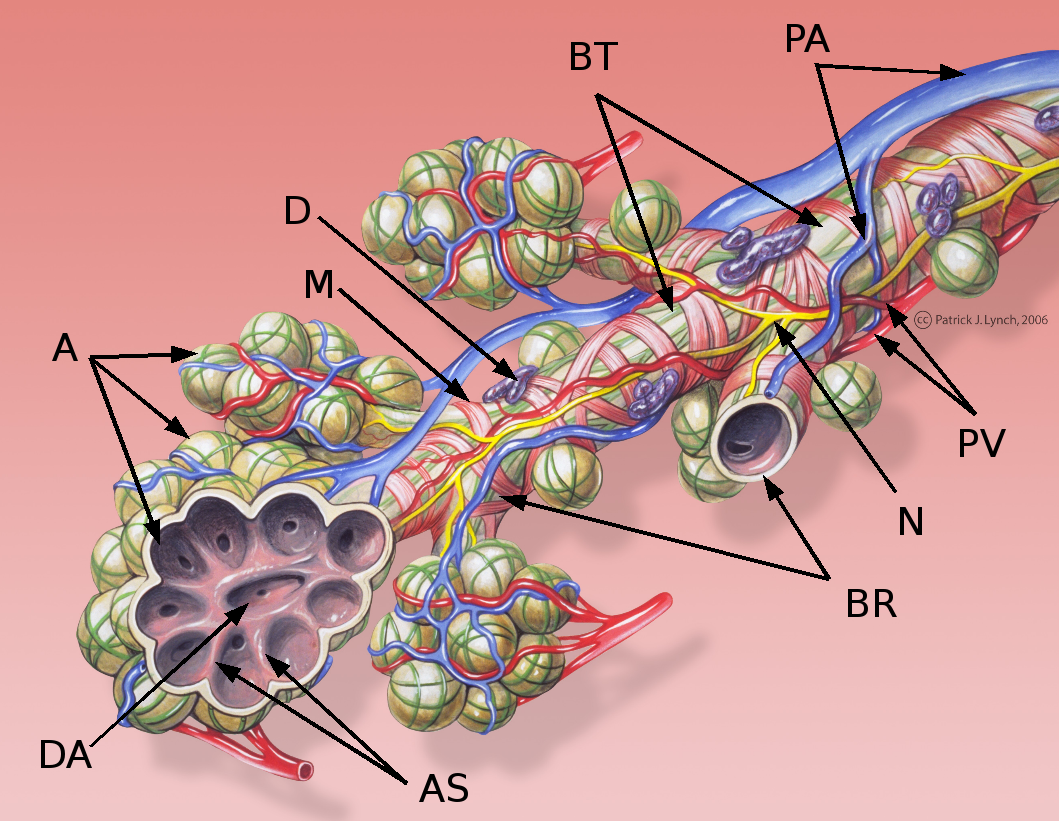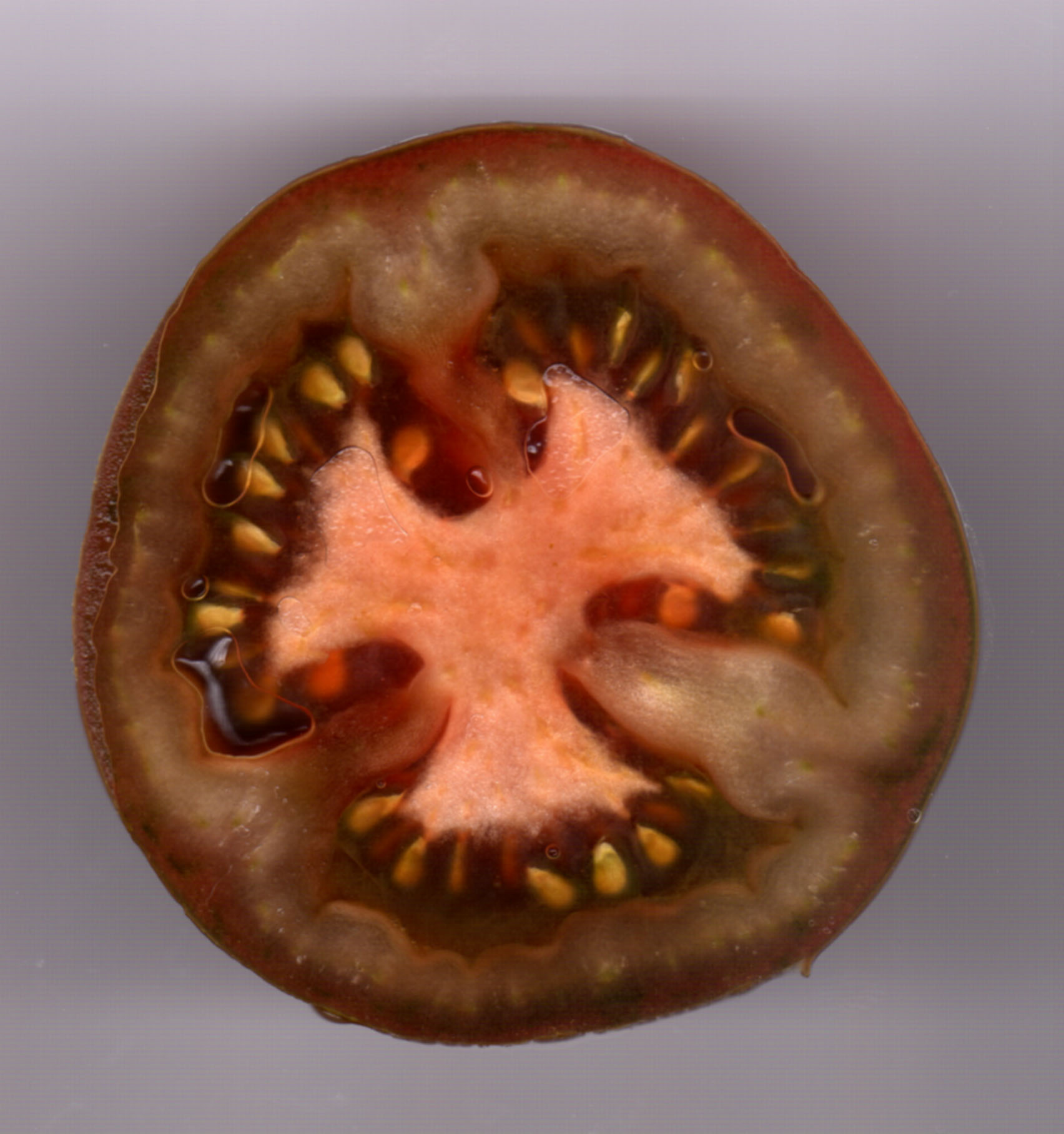Septate hymen on:
[Wikipedia]
[Google]
[Amazon]
In
 *
*  *
* *
*

 *A partition dividing filamentous hyphae into discrete cells in fungi.
*A partition dividing filamentous hyphae into discrete cells in fungi.
 *A partition that separates the locules of a fruit, anther, or sporangium.
*A partition that separates the locules of a fruit, anther, or sporangium.
biology
Biology is the scientific study of life. It is a natural science with a broad scope but has several unifying themes that tie it together as a single, coherent field. For instance, all organisms are made up of cells that process hereditary i ...
, a septum (Latin
Latin (, or , ) is a classical language belonging to the Italic branch of the Indo-European languages. Latin was originally a dialect spoken in the lower Tiber area (then known as Latium) around present-day Rome, but through the power of the ...
for ''something that encloses''; plural septa) is a wall, dividing a cavity or structure into smaller ones. A cavity or structure divided in this way may be referred to as septate.
Examples
Human anatomy
*Interatrial septum
The interatrial septum is the wall of tissue that separates the right and left atria of the heart.
Structure
The interatrial septum is a that lies between the left atrium and right atrium of the human heart. The interatrial septum lies at angl ...
, the wall of tissue that is a sectional part of the left and right atria of the heart
Interventricular septum
The interventricular septum (IVS, or ventricular septum, or during development septum inferius) is the stout wall separating the ventricles, the lower chambers of the heart, from one another.
The ventricular septum is directed obliquely backwar ...
, the wall separating the left and right ventricles of the heart
* Lingual septum
The lingual septum consists of a vertical layer of fibrous tissue, extending throughout the entire length of the median plane of the tongue, though not quite reaching the dorsum. The lingual septum is closely associated with the hyoglossus membr ...
, a vertical layer of fibrous tissue that separates the halves of the tongue.
 *
*Nasal septum
The nasal septum () separates the left and right airways of the nasal cavity, dividing the two nostrils.
It is depressed by the depressor septi nasi muscle.
Structure
The fleshy external end of the nasal septum is called the columella or co ...
: the cartilage wall separating the nostrils of the nose
 *
* Alveolar septum Alveolus (; pl. alveoli, adj. alveolar) is a general anatomical term for a concave cavity or pit.
Uses in anatomy and zoology
* Pulmonary alveolus, an air sac in the lungs
** Alveolar cell or pneumocyte
** Alveolar duct
** Alveolar macrophage
* Mam ...
: the thin wall which separates the alveoli Alveolus (; pl. alveoli, adj. alveolar) is a general anatomical term for a concave cavity or pit.
Uses in anatomy and zoology
* Pulmonary alveolus, an air sac in the lungs
** Alveolar cell or pneumocyte
** Alveolar duct
** Alveolar macrophage
* ...
from each other in the lungs
* Orbital septum
In anatomy, the orbital septum (palpebral fascia) is a membranous sheet that acts as the anterior (frontal) boundary of the orbit. It extends from the orbital rims to the eyelids. It forms the fibrous portion of the eyelids.
Structure
In the u ...
, a palpebral ligament in the upper and lower eyelids
* Septum pellucidum
The septum pellucidum (Latin for "translucent wall") is a thin, triangular, vertical double membrane separating the anterior horns of the left and right lateral ventricles of the brain. It runs as a sheet from the corpus callosum down to the f ...
or septum lucidum, a thin structure separating two fluid pockets in the brain
* Uterine septum
A uterine septum is a form of a congenital malformation where the uterine cavity is partitioned by a longitudinal septum; the outside of the uterus has a normal typical shape. The wedge-like partition may involve only the superior part of the cavi ...
, a malformation of the uterus
* Vaginal septum
A vaginal septum is a vaginal anomaly that is partition within the vagina; such a septum could be either longitudinal or transverse. In some affected women, the septum is partial or does not extend the length or width of the vagina. Pain durin ...
, a lateral or transverse partition inside the vagina
* Intermuscular septa separating the muscles of the arms and legs
Histological septa are seen throughout most tissues of the body, particularly where they are needed to stiffen soft cellular tissue, and they also provide planes of ingress for small blood vessels. Because the dense collagen fibres of a septum usually extend out into the softer adjacent tissues, microscopic fibrous septa are less clearly defined than the macroscopic types of septa listed above. In rare instances, a septum is a cross-wall. Thus it divides a structure into smaller parts.
Cell biology
Theseptum (cell biology)
A septum in cell biology is the new cell wall that forms between two daughter cells as a result of cell division.
In yeast, septins form a ring structure, to which other proteins are recruited. In particular, chitinase 2 is required, an enzyme ...
is the boundary formed between dividing cells in the course of cell division
Cell division is the process by which a parent cell divides into two daughter cells. Cell division usually occurs as part of a larger cell cycle in which the cell grows and replicates its chromosome(s) before dividing. In eukaryotes, there ar ...
.

Fungus
 *A partition dividing filamentous hyphae into discrete cells in fungi.
*A partition dividing filamentous hyphae into discrete cells in fungi.
Botany
 *A partition that separates the locules of a fruit, anther, or sporangium.
*A partition that separates the locules of a fruit, anther, or sporangium.
Zoology
A coral septum is one of the radial calcareous plates in the corallites of acoral
Corals are marine invertebrates within the class Anthozoa of the phylum Cnidaria. They typically form compact colonies of many identical individual polyps. Coral species include the important reef builders that inhabit tropical oceans and ...
.
Annelids have septa that divide their coelom into segmented chambers.
Many shelled organisms have septa subdividing their shell chamber, including rhizopod
An amoeba (; less commonly spelled ameba or amœba; plural ''am(o)ebas'' or ''am(o)ebae'' ), often called an amoeboid, is a type of cell or unicellular organism with the ability to alter its shape, primarily by extending and retracting pseudopo ...
s, cephalopods and gastropods, the latter seemingly serving as a defence against shell-boring predators.{{Cite journal , doi=10.1086/284025 , title=Unsuccessful Predation and Evolution, journal=The American Naturalist, volume=120, issue=6, pages=701–720, year=1982, last1=Vermeij, first1=Geerat J., s2cid=84610680
Laboratory technology
* A rubber septum is an engineered membrane that permits transfer of a substance (usually liquid or gas) without contact with air, usually using a syringe with needle.References